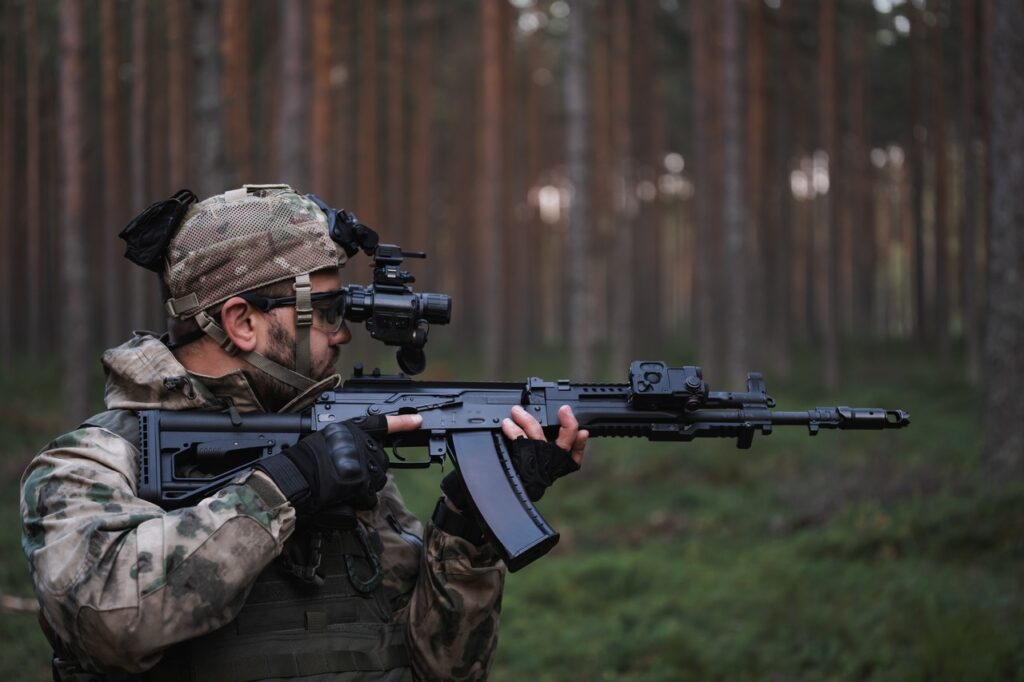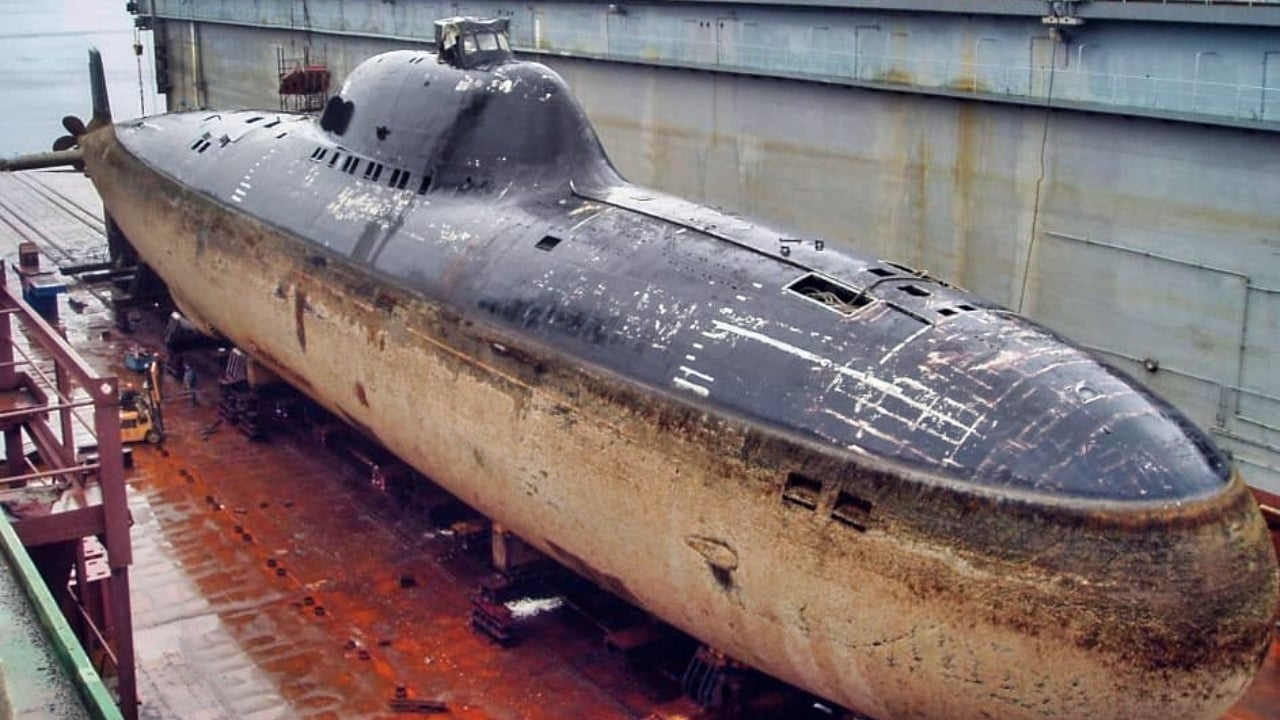
Alfa: The Deep Diving and Rocket Fast Russian Submarine America Hated
What You Need to Know: Between 1968 and 1981, the Soviet Union built seven Project 705 Lira (NATO reporting name Alfa) nuclear-powered attack submarines. These cutting-edge vessels featured titanium hulls and lead-bismuth-cooled fast reactors, allowing them to achieve remarkable submerged speeds of 41 knots and dive depths of up to 350 meters—beyond the reach of NATO’s anti-submarine weapons at the time.
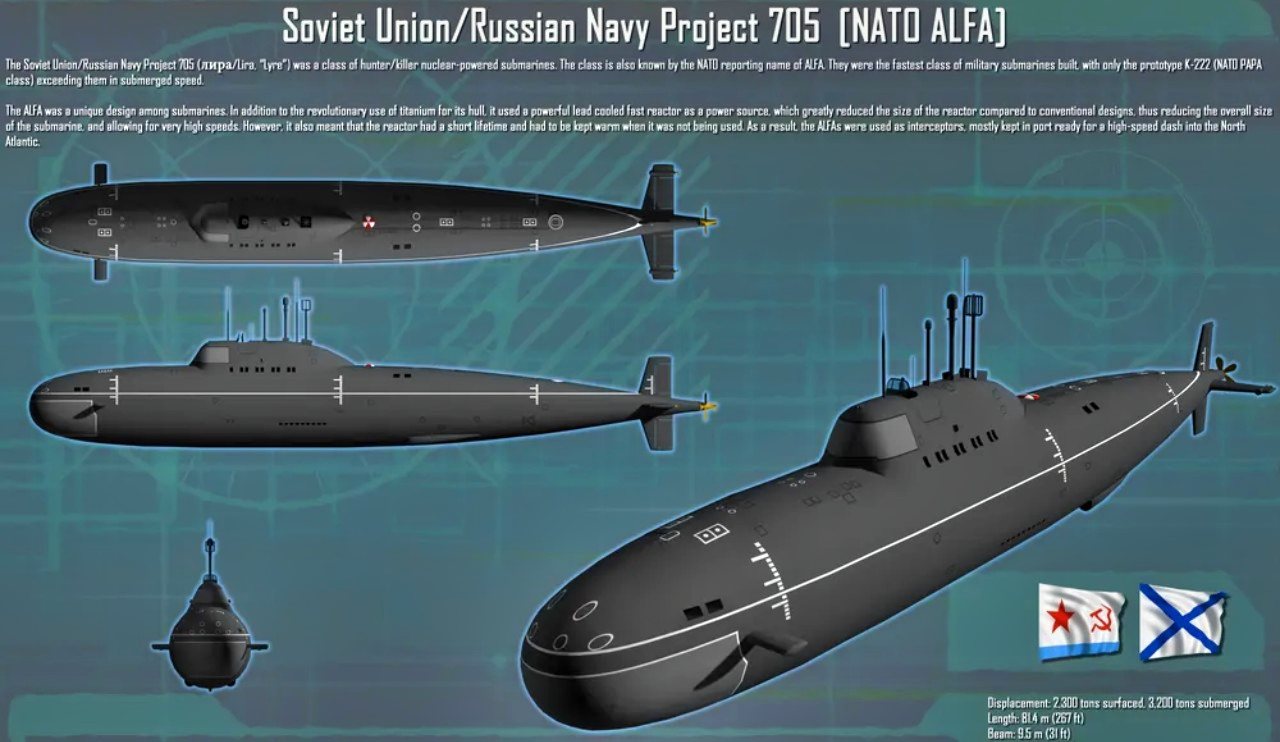
-Highly automated, they required a small crew of just 32 officers.
-Despite their advanced design, the Alfa-class submarines were loud and expensive to build due to the challenges of working with titanium. All were decommissioned by 1996, but they left a legacy in submarine technology and even appeared in popular culture, such as the film “The Hunt for Red October.”
Alfa-Class Submarines: The Soviet Union’s Titanium Underwater Speedsters
Between 1968 and 1981, the Soviet Union produced a total of seven Project 705 Lira (NATO reporting name Alfa) nuclear-powered attack submarines.
The boats were cutting edge when they were produced, and in addition to the then-revolutionary use of titanium for the hull, each of the subs utilized a powerful lead-bismuth cooled fast reactor (OK-550 or BM-40A, 155-MWt) as its power source.
That greatly reduced the size of the reactor, and in turn reduced the size of the submarine and allowed for high speeds. The submarines displaced 2,300 tons surfaced/3,200 tons submerged and were just 267 feet in length and had a beam of 31 feet.
Notable Project 705 Lira or Alfa-class Facts:
The submarines were reported to be the world’s fastest and deepest diving of their era and could reach a top speed of 41 knots submerged.
The boats could get to top speed in just about sixty seconds and do a 180-degree reverse at full speed in as little as forty seconds.
However, surfaced, the Alfa-class boats could only achieve around 12 knots. It should be noted that the Soviet’s experimental nuclear-powered cruise missile submarine K-222 reached a submerged speed of 44.7 knots – but it was only a prototype.
Thanks to the use of titanium, which can tolerate higher pressures better than steel, the boats had a testing depth of 350 meters (1,148 feet), well below the reach of NATO anti-submarine weapons of the time. This could enable an Alfa-class sub to “theoretically” sit below the reach of NATO vessels while launching its own weapons.
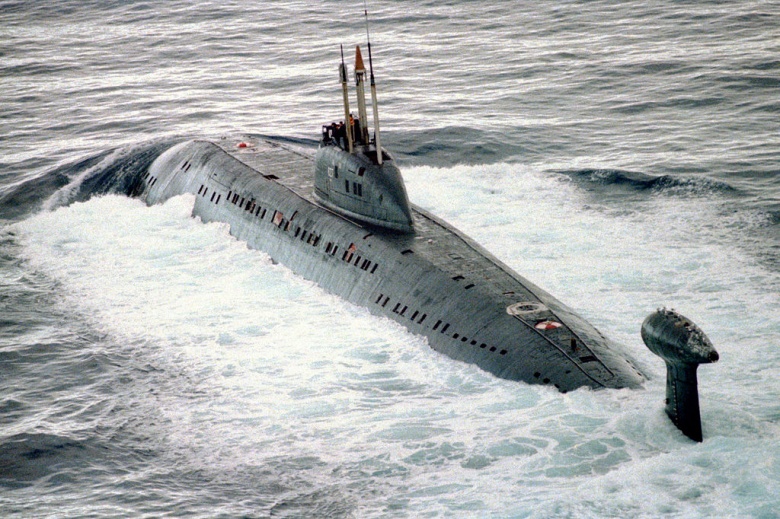
In addition, the titanium hull proved more resistant to corrosion and also made the submarine even harder to detect as it is paramagnetic.
The boats, which featured a very high level of automation, required a rather small crew, which was made up exclusively of thirty-two officers and warrant officers. Originally it had been planned that just sixteen officers could operate the submarine.
In addition, the tiny crew was housed in the central compartment of the submarine, while the forward section contained the weapons system and electronics. It was only accessed for maintenance, as were the rear reactor and propulsion compartments. Many of the operations were completely automated, such as torpedo loading. That would have increased crew survivability in the case of war because the forward and aft compartments could be sealed off during combat operations.
The Project 705 Lira was also the first submarine to be equipped with an escape capsule; it even provided a safe exit for the entire crew from maximum depth. Such features became standard on Russian boats.
Flawed: Those Alfa-Class Subs Were Loud
Despite its advanced features and capabilities, the Alfa-class boats had some notable Achilles Heels – first, they were loud. The noise generated from the boats was easily detectable. Another problem is that at the time, working with titanium wasn’t easy. Russia had an advantage in that it was a major supplier of titanium, but bending and shaping the metal panels proved difficult. Titanium is also very unforgiving and there was also a high risk of imperfections within the metal that could have resulted in a catastrophic failure – especially for a submarine operating under extremely high pressures.
Alfa-Class: Too Expensive and Too Many Flaws?
In the end, Project 705 Lira or Alfa-class was simply too expensive to mass-produce. In fact, after the lead boat, K-64, suffered a major reactor problem in 1972 – just a year after she entered service – the submarine was towed back to Severodvinsk where it was deemed too expensive to repair. Instead, K-64 was split in half and used to train Soviet submariners.
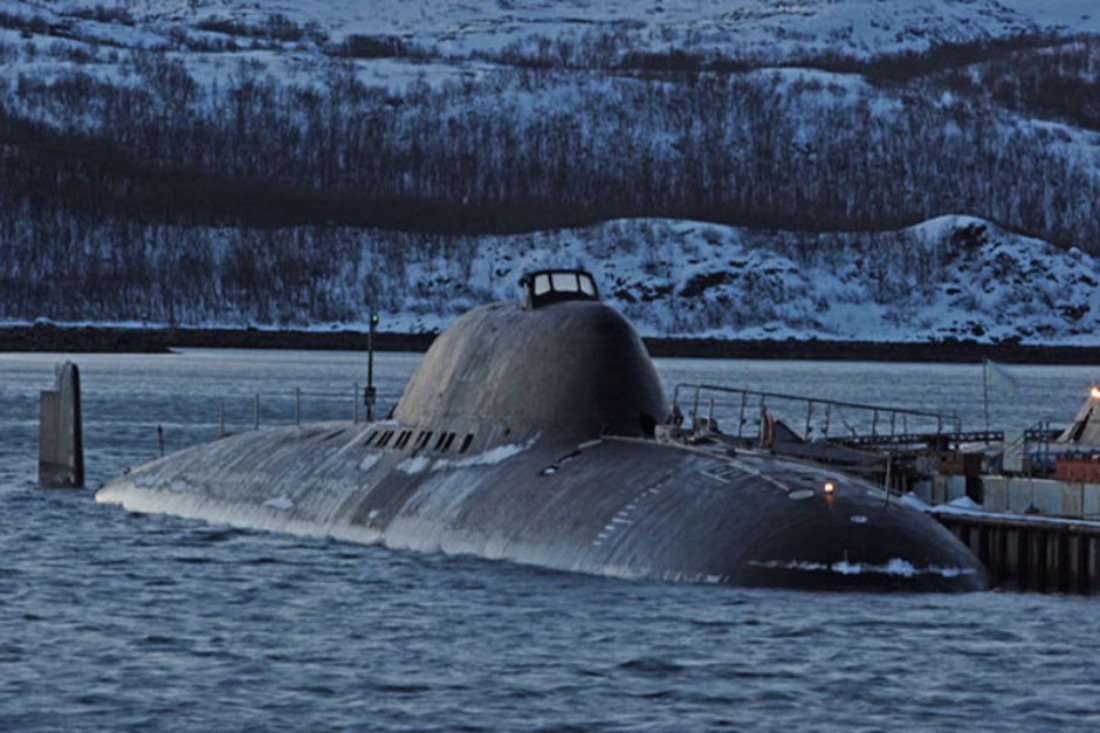
The remaining six boats continued in service – until April 1990 when five were decommissioned and scrapped. The final boat was eventually decommissioned in July 1996 and also scrapped.
You catch the Alfa-class submarine in the fictional movie the Hunt for Red October where one of the subs had a prominent part.
About the Author: Peter Suciu
Peter Suciu is a Michigan-based writer who has contributed to more than four dozen magazines, newspapers and websites. He regularly writes about military hardware, and is the author of several books on military headgear including A Gallery of Military Headdress, which is available on Amazon.com. Peter is also a Contributing Writer for Forbes.
All images are Creative Commons.
